Analysis of MERS-CoV: Transmission, Indicators, and Global Impact
VerifiedAdded on 2023/04/23
|12
|830
|343
Report
AI Summary
This report provides a comprehensive analysis of the Middle East Respiratory Syndrome Coronavirus (MERS-CoV), focusing on its origins, transmission, and global impact. It begins by introducing MERS-CoV as a respiratory disease caused by a coronavirus, first detected in Saudi Arabia in 2012 and spreading to other countries. The report details the determinants of the disease, including person-to-person, household, and nosocomial transmission, with an emphasis on the primary sources of infection, such as bats and camels. It examines the indicators of the disease, including gastrointestinal symptoms, respiratory problems, and organ failures, along with the prevalence rates and mortality associated with MERS-CoV, particularly in Saudi Arabia. The report highlights the importance of understanding MERS-CoV's behavior in healthcare settings and contaminated environments. References from various studies are provided to support the analysis.
1 out of 12
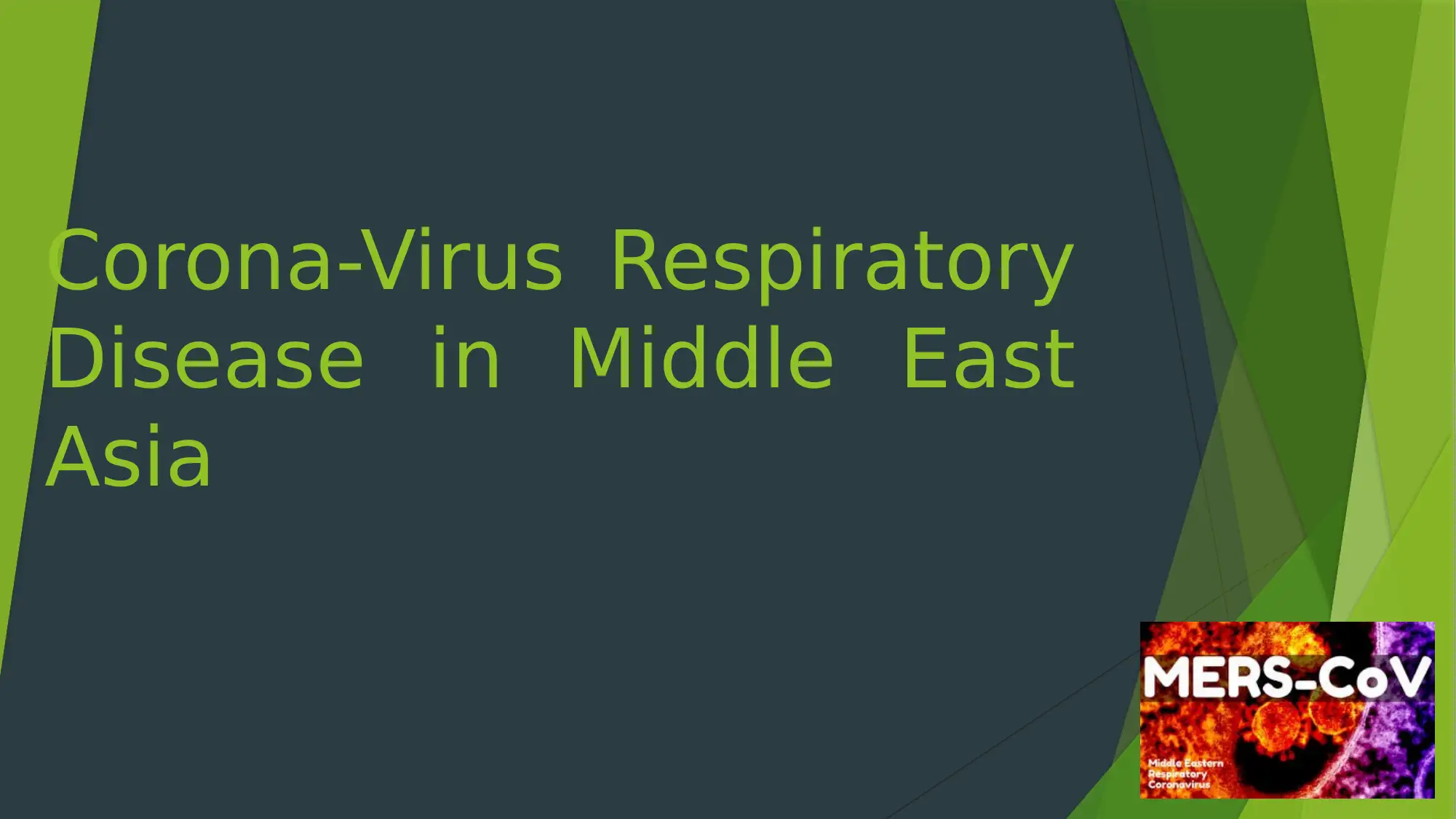
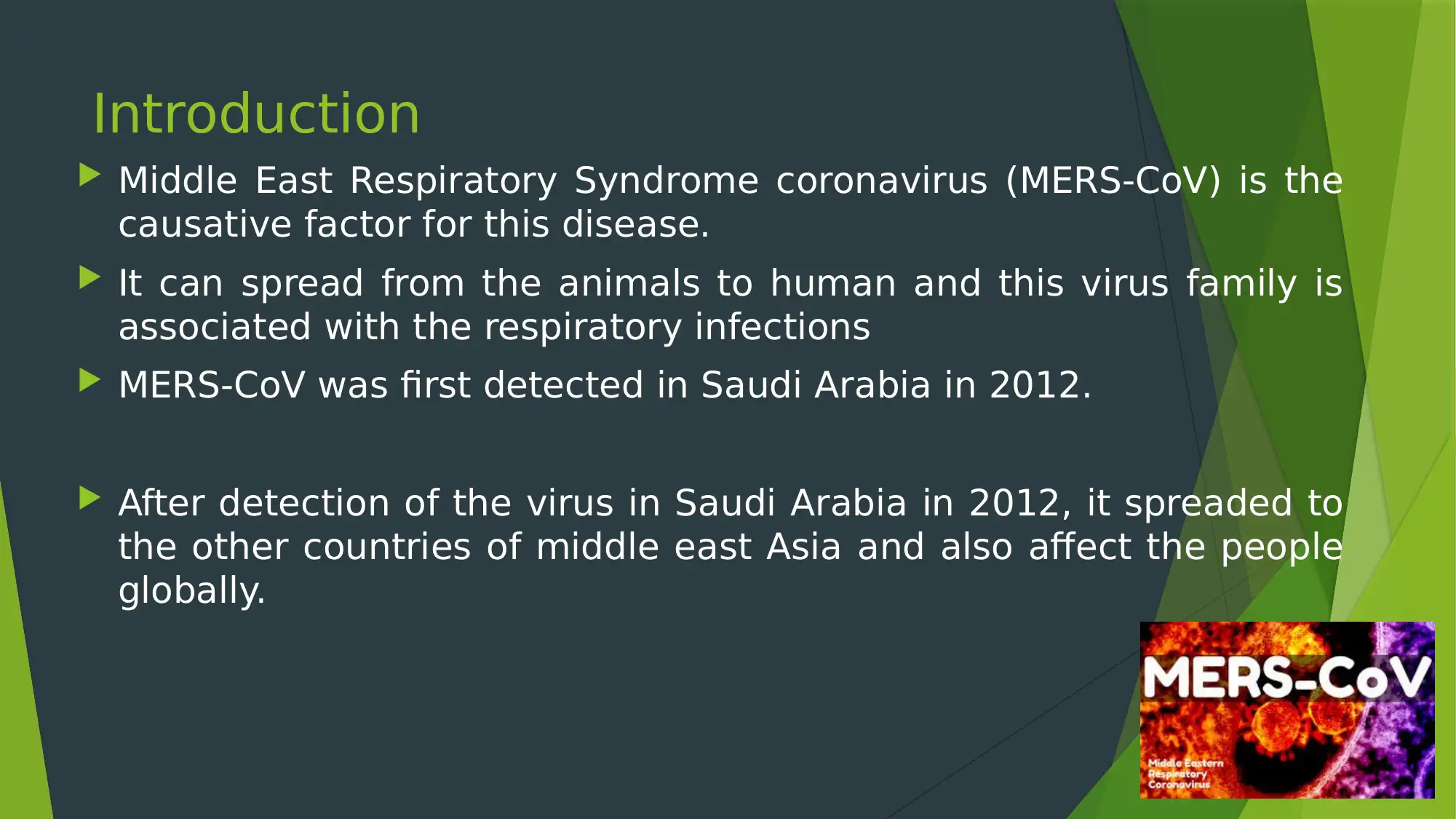
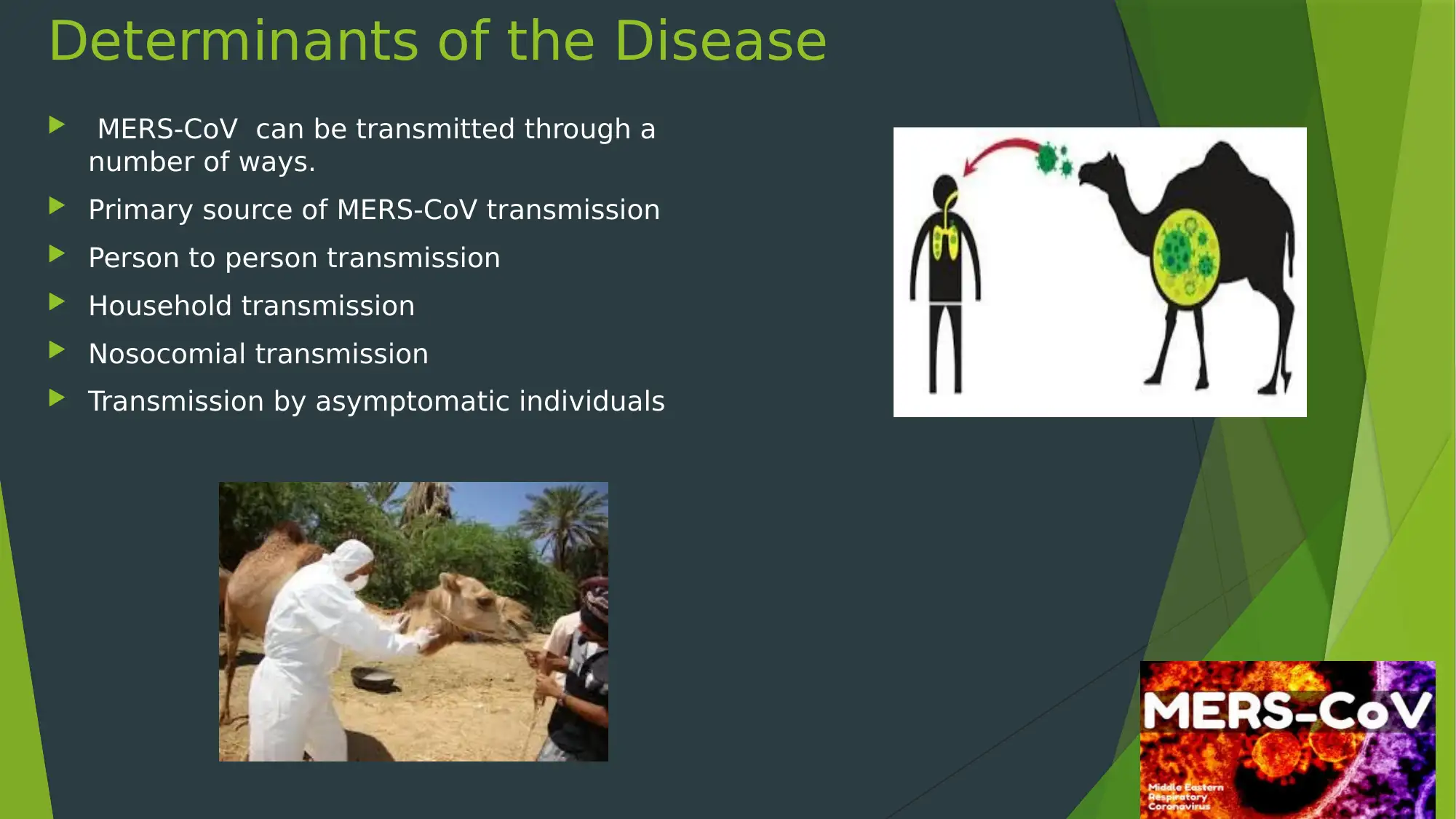

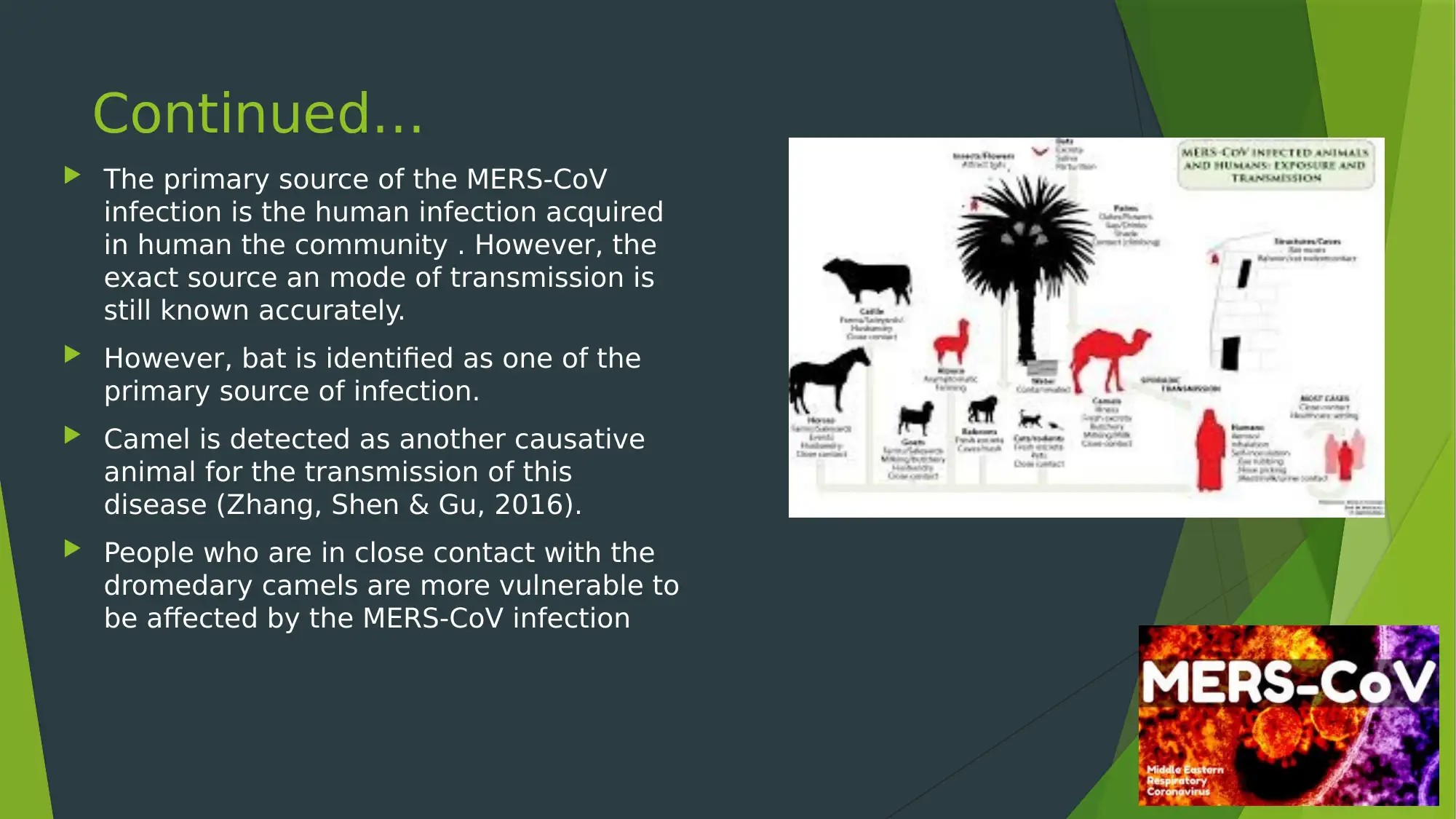
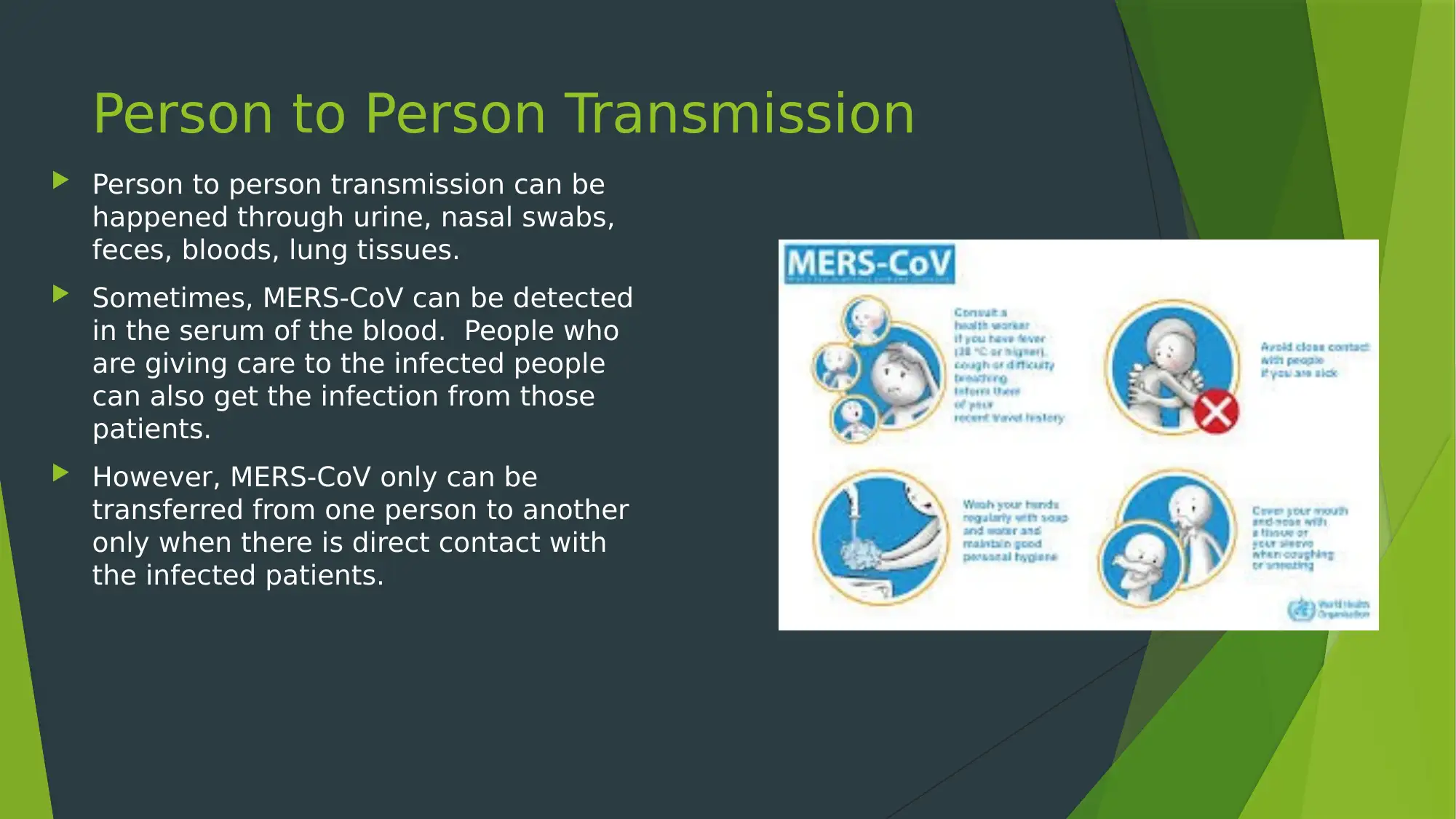
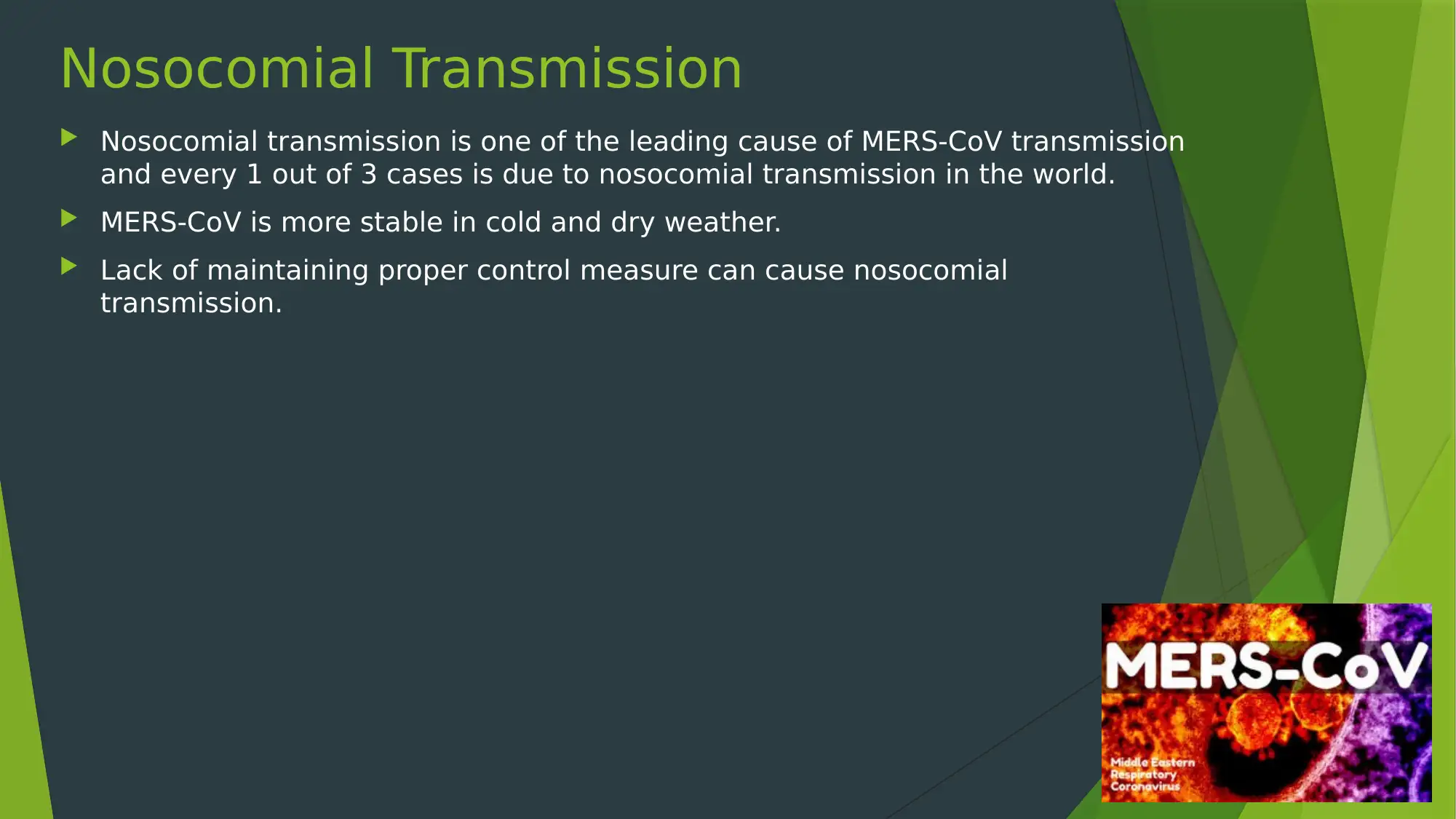
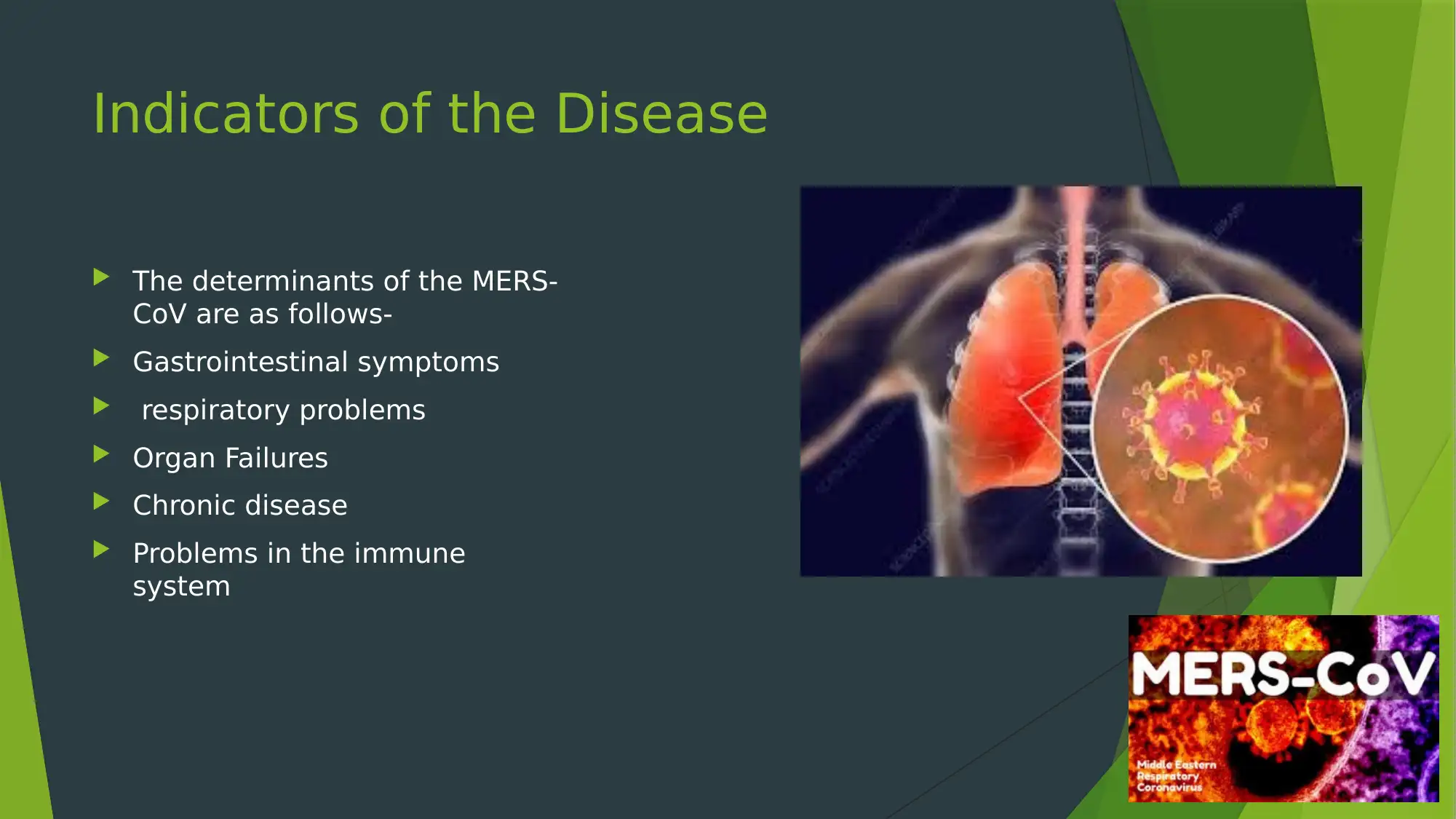
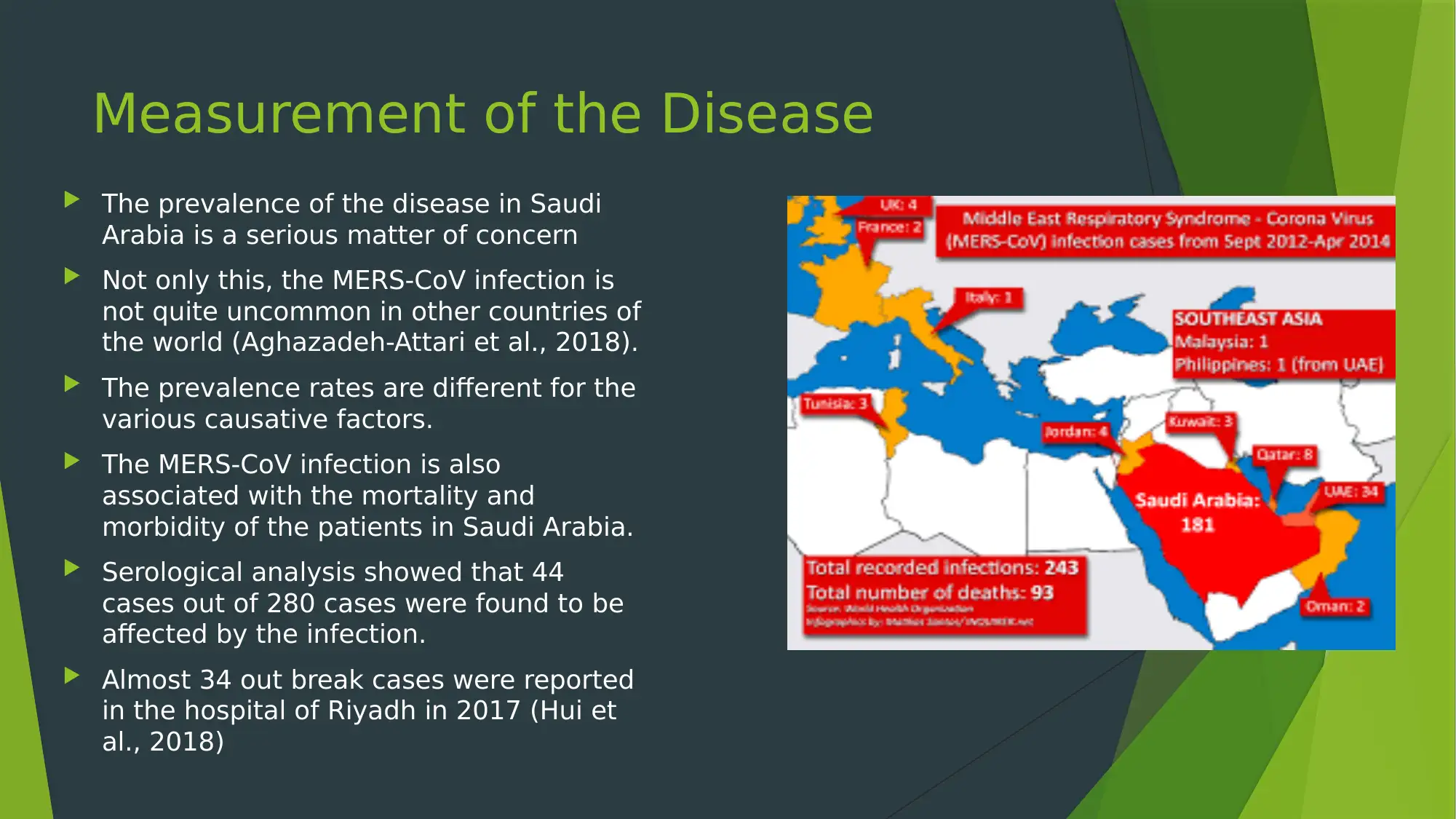
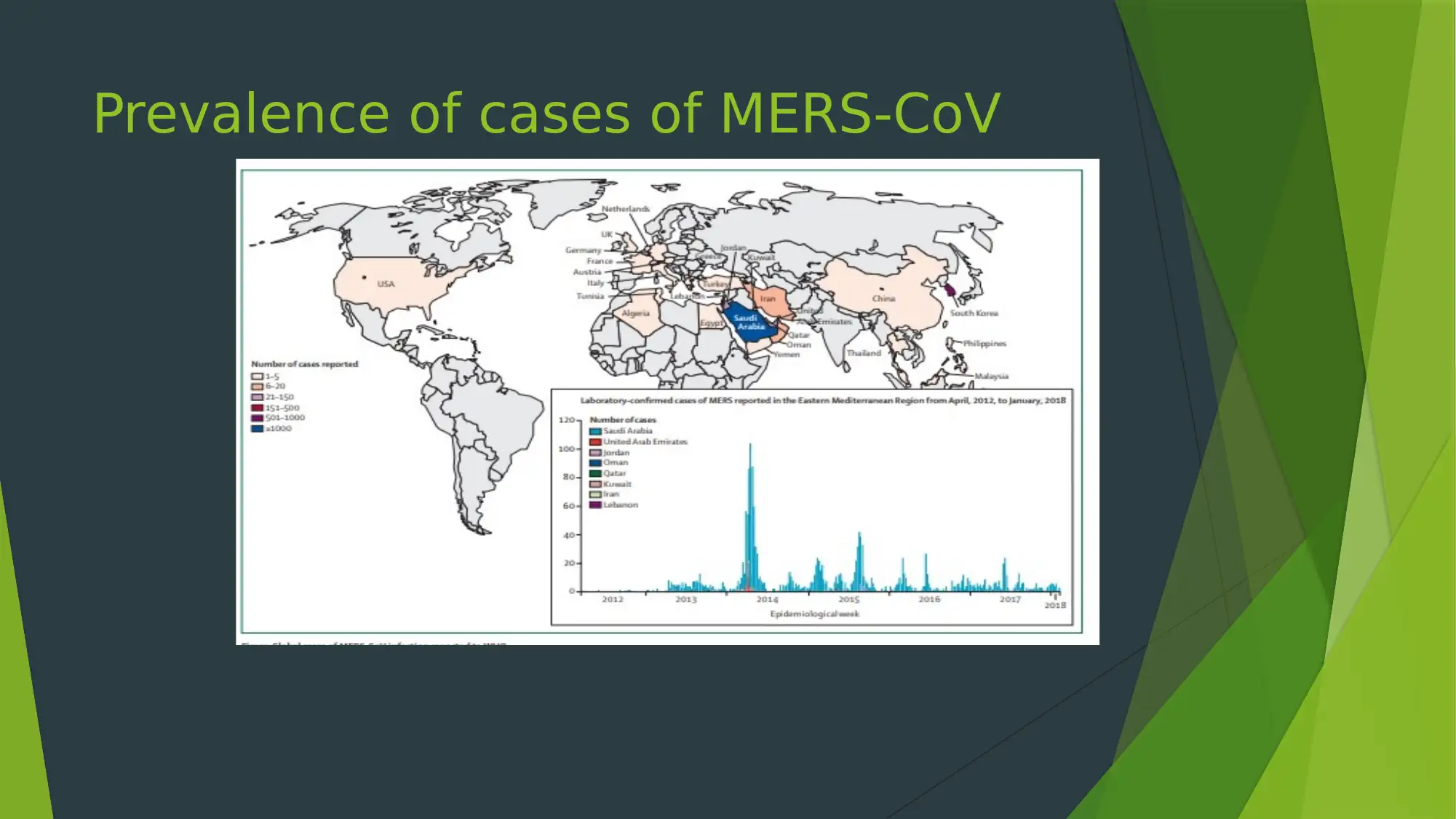
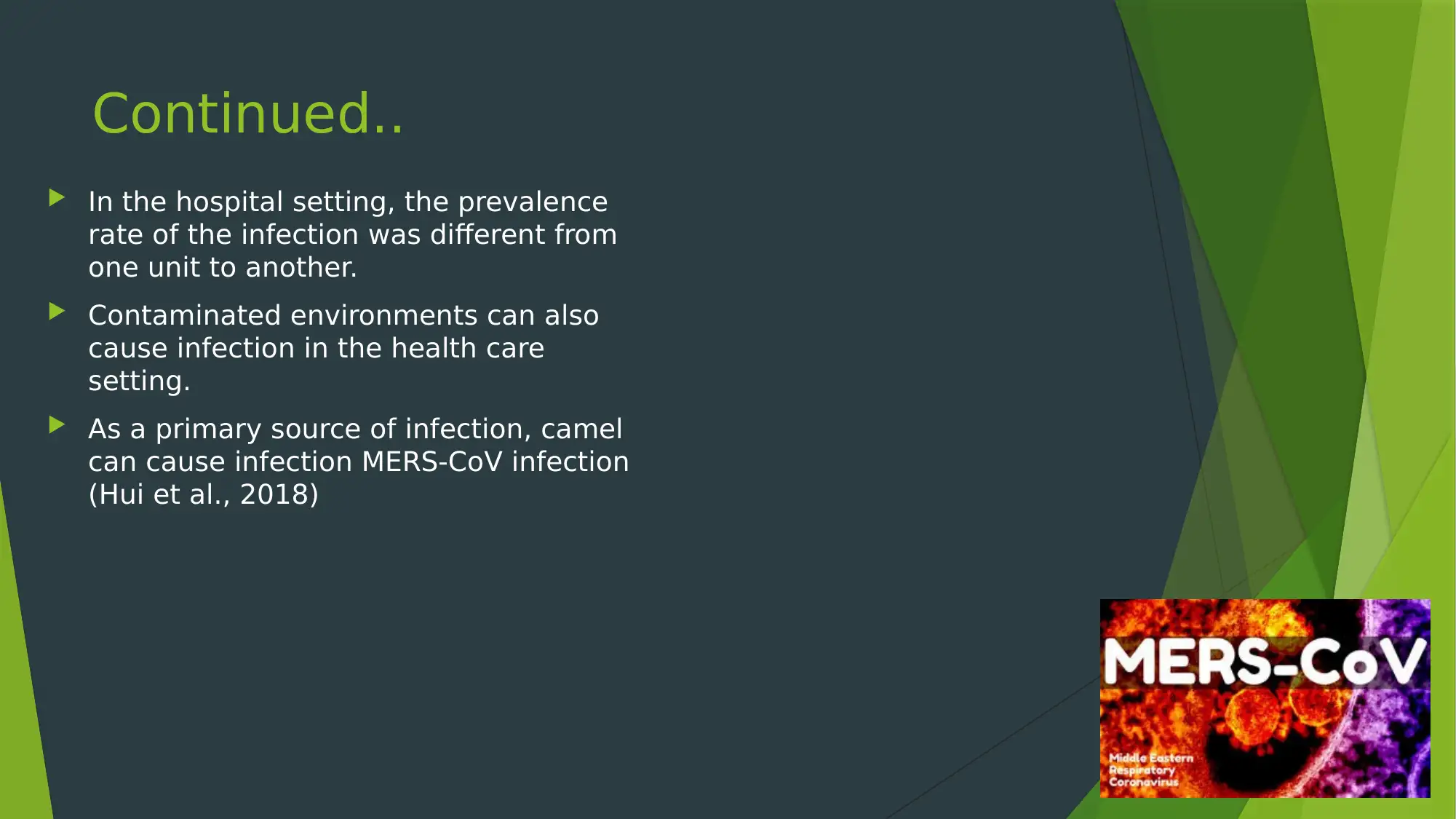
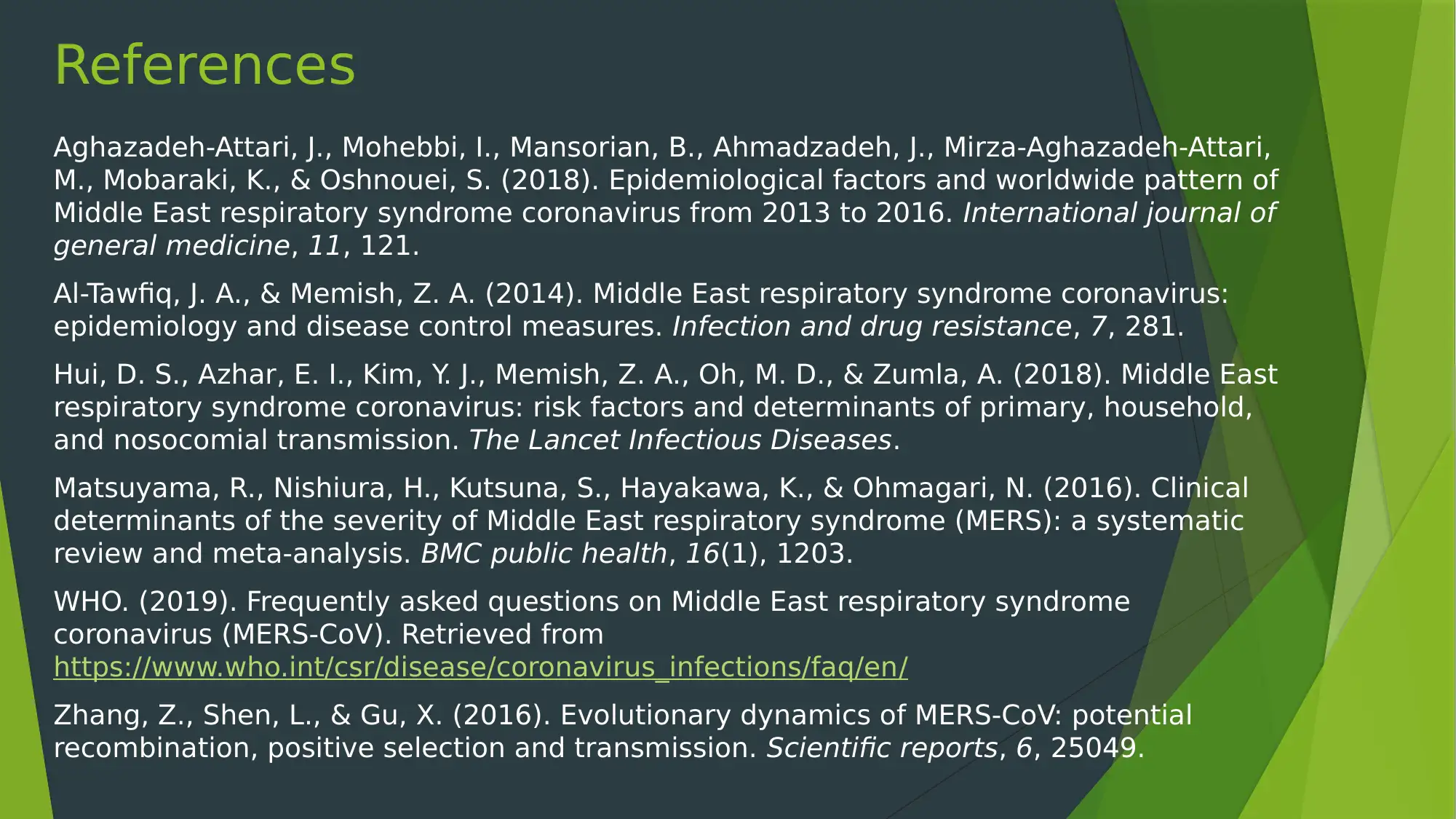







![[object Object]](/_next/static/media/star-bottom.7253800d.svg)